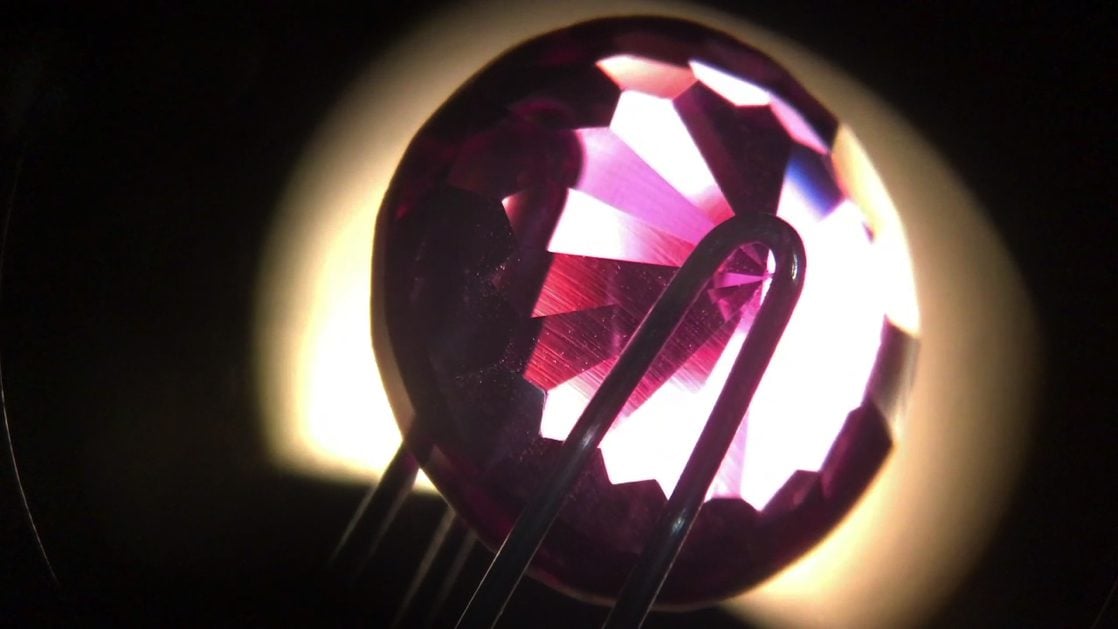Synthetic Gemstone Inclusions
Identifying lab-created gems is a critical skill for gemologists. Learn how to spot the most common synthetic gemstone inclusions.
4 Minute Read
Related Articles
Synthetic Amethyst: What is it and How is it Made?
Discover how synthetic amethyst is created, its key differences from natural specimens, and expert methods of identification in this comprehensive...
Read More
Hybrid Gemstones: Glass Rubies and More
Some gems contain both natural and lab-made components. Learn about these hybrid gemstones and how to distinguish them from mined...
Read More
Synthetic Aquamarines
Synthetic aquamarines are relatively rare, but gemologists may encounter them. Learn how these stones are made and how to distinguish...
Read More
Lab-Grown Diamonds FAQ
Lab-grown diamonds are becoming popular options for engagement ring stones. Learn the truth about these gems in our FAQ and...
Read More
Latest Articles
Quartz Toxicity: Understanding the Risks for Jewelers and Wearers
Understand quartz toxicity: safe for jewelry wearers but potentially dangerous for makers. Learn about silica dust health risks, essential safety...
Read More
Synthetic Amethyst: What is it and How is it Made?
Discover how synthetic amethyst is created, its key differences from natural specimens, and expert methods of identification in this comprehensive...
Read More
Hambergite Value, Price, and Jewelry Information
Although hard enough for jewelry use, rare hambergite is a gem for collectors of the unusual. Its combination of high...
Read More
Pearl Simulants: How to Spot Faux Pearls
Some faux pearls can be difficult to identify. Learn about the history and varieties of pearl simulants and how to...
Read More
Never Stop Learning
When you join the IGS community, you get trusted diamond & gemstone information when you need it.
Get Gemology Insights
Get started with the International Gem Society’s free guide to gemstone identification. Join our weekly newsletter & get a free copy of the Gem ID Checklist!
